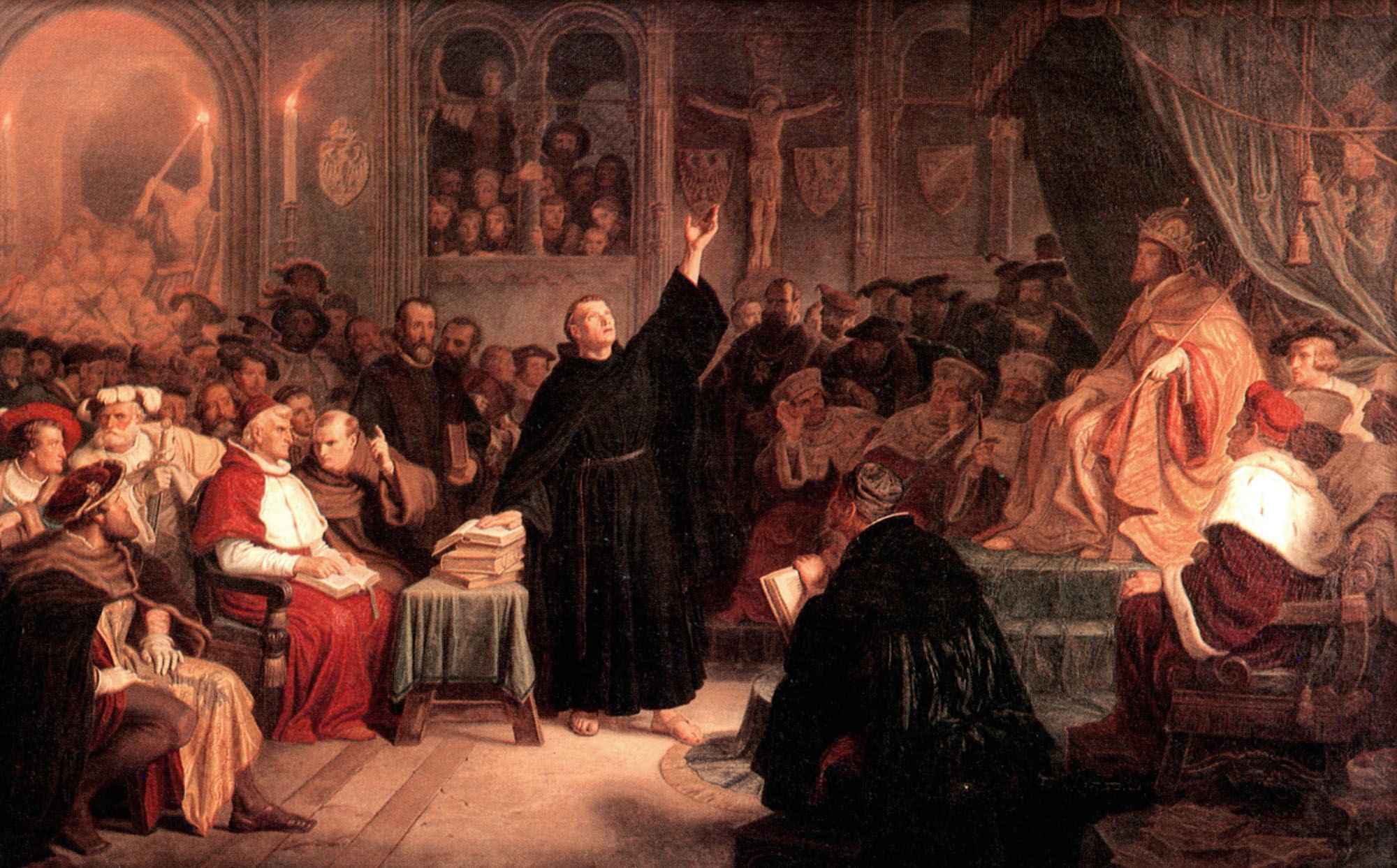
The Great Schism split the Christian Church into two major branches: the Roman Catholic Church in the West and the Eastern Orthodox Church in the East. This monumental event in 1054 AD wasn't just a religious divide; it reshaped politics, culture, and society. Ever wondered why this happened? Power struggles, theological differences, and cultural clashes played significant roles. From disputes over the Pope's authority to contrasting views on the Holy Spirit, the Schism's roots run deep. Understanding these 19 facts will give you a clearer picture of how one of history's most pivotal moments unfolded. Ready to dive in? Let's get started!
What Was the Great Schism?
The Great Schism, also known as the East-West Schism, was a significant event in Christian history. It marked the division between the Roman Catholic Church and the Eastern Orthodox Church. This split had profound religious, cultural, and political implications.
- The Great Schism occurred in 1054 AD.
- It was primarily a result of theological and political differences.
- The Pope in Rome and the Patriarch of Constantinople excommunicated each other.
- The use of unleavened bread in the Eucharist was one point of contention.
- The addition of the Filioque clause to the Nicene Creed by the Western Church caused disputes.
- Language differences (Latin in the West, Greek in the East) contributed to misunderstandings.
- The Schism was not a single event but a gradual process over centuries.
Key Figures in the Great Schism
Several influential leaders played crucial roles in the events leading up to and following the Schism. Their actions and decisions significantly impacted the course of history.
- Pope Leo IX was the Pope during the Schism.
- Patriarch Michael Cerularius was the Patriarch of Constantinople at the time.
- Cardinal Humbert of Silva Candida delivered the excommunication bull to Constantinople.
- Emperor Constantine IX Monomachos attempted to mediate between the two sides.
Theological Disputes
Theological disagreements were at the heart of the Schism. These differences in beliefs and practices created a rift that was difficult to bridge.
- The Filioque controversy involved the phrase "and the Son" in the Nicene Creed.
- The Western Church believed in the supremacy of the Pope.
- The Eastern Church emphasized the collegiality of bishops.
- Differences in liturgical practices, such as the type of bread used in the Eucharist, caused friction.
Political and Cultural Factors
Beyond theology, political and cultural factors also played a significant role in the Schism. These elements added layers of complexity to the already strained relationship between East and West.
- The fall of the Western Roman Empire in 476 AD led to political fragmentation.
- The rise of the Byzantine Empire in the East created a powerful rival to Rome.
- Cultural differences, including language and customs, deepened the divide.
- The Crusades further strained relations between the two churches.
The Great Schism remains a pivotal moment in Christian history, shaping the religious landscape for centuries to come.
The Great Schism's Lasting Impact
The Great Schism of 1054 wasn't just a split between the Eastern Orthodox and Roman Catholic churches. It reshaped Christianity and influenced European history. This divide led to different religious practices, cultural developments, and political alliances. The schism also affected art, architecture, and literature, leaving a lasting mark on both Eastern and Western traditions.
Understanding the Great Schism helps us see how historical events shape our world today. It reminds us that religious differences can have profound effects on societies. By learning about this pivotal moment, we gain insight into the complexities of human history and the enduring power of belief systems.
So, next time you think about Christianity's history, remember the Great Schism and its far-reaching consequences. It's a story of division, but also of resilience and adaptation.
Was this page helpful?
Our commitment to delivering trustworthy and engaging content is at the heart of what we do. Each fact on our site is contributed by real users like you, bringing a wealth of diverse insights and information. To ensure the highest standards of accuracy and reliability, our dedicated editors meticulously review each submission. This process guarantees that the facts we share are not only fascinating but also credible. Trust in our commitment to quality and authenticity as you explore and learn with us.


